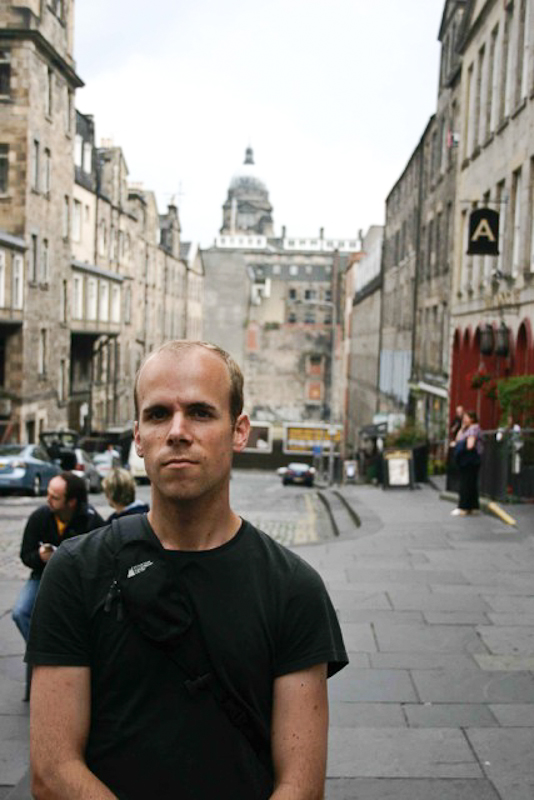The smallest things in the universe may answer its biggest questions.
Thomas McCarthy (TM), a Carleton PhD student, is one of about 3,000 physicists from around the world co-operating on the ATLAS experiment, which built one of the seven particle detectors in the Large Hadron Collider (LHC).
The ATLAS experiment detector seeks to find out the most basic forces that shape the universe from collision of protons of high-energy in the LHC.
The Charlatan (TC) spoke to McCarthy about his work. He hopes to graduate with a PhD in particle physics this fall.
TC: What is the ATLAS experiment building?
TM: The detector was built at one of the LHC’s proton-proton collision points in this giant 27-kilometre tunnel. It’s a cathedral-sized structure 100 metres underground. One can think of it as a giant digital camera. It’s giving us information about what’s happening at the center of the detector when you have these interactions with the protons there. It has several different layers like an onion, and each different layer is responsible for giving us some unique piece of information.
TC: How many people are involved?
TM: About 180 institutions with 3,000 physicists. There are four faculty members and six graduate students at Carleton working on this. It’s a really neat field in that there are so many connections and so much interplay between the physics groups. We’re all striving to answer the same ultimate questions about the nature of matter and energy.
TC: What is your research focused on and how are you doing it?
TM: I’m looking for cases where pairs of really heavy quarks—top quarks—are produced. We’re trying to get information on the top quarks themselves and the way we do that is when they decay into lighter things, it results in sprays of energy that goes throughout the ATLAS detector. We can put the pieces back together and try to get information about those quarks.
TC: What are quarks?
TM: There are six types of quarks that we know of and the “top” quark is the most massive of those six. Quarks form one family of particles we believe to be fundamental and that can be used to build up larger objects like protons and neutrons. We’re trying to break down the matter of the universe into its “smallest pieces,” particles we don’t think break down any smaller, so things like electrons. They found when protons and neutrons are split apart they’re actually made up of stuff like quarks.
The top quark is also tied to all sorts of particles including the Higgs particle and so if we know more about the top quark—its mass, its charge, the patterns seen from particles it decays into—we can build a better sense of how it interacts with other particles.
TC: Working on the practical side of the ATLAS experiment, what have you learned?
TM: A ton of statistics, but you really start to develop intuition in terms of how tiny particles behave that you would otherwise have no sort of everyday experience with. When you spend several years of analyzing and looking at data, you started to get a sense of how these things actually interact.
TC: What will come out of your work with the ATLAS experiment?
TM: The short answer is I don’t know. It’s kind of at the frontier for the highest energy and smallest scale sort of stuff ATLAS is doing. It’s similar to doing fundamental research in quantum physics at the end of the 19th century. It’s hard to make concrete predictions of what kind of cars and flying scooters we’re going to get out of this thing.
TC: Is there anyone who works with you at Carleton on your research?
TM: It’s mostly between me and Professor Gerald Oakham. We’re also working very close with people from the Max Planck Institute in Munich. There are people at Carleton also looking for super symmetric signals in the detector and the Higgs particle.
TC: You hope to graduate this fall, but what’s next?
TM: On a personal level, I’m not sure, but we’ll continue to work on this analysis and also keep an eye on what’s happening with the field as a whole. It’s exciting stuff.






